Edith Wyle
The Edith Wyle Collection
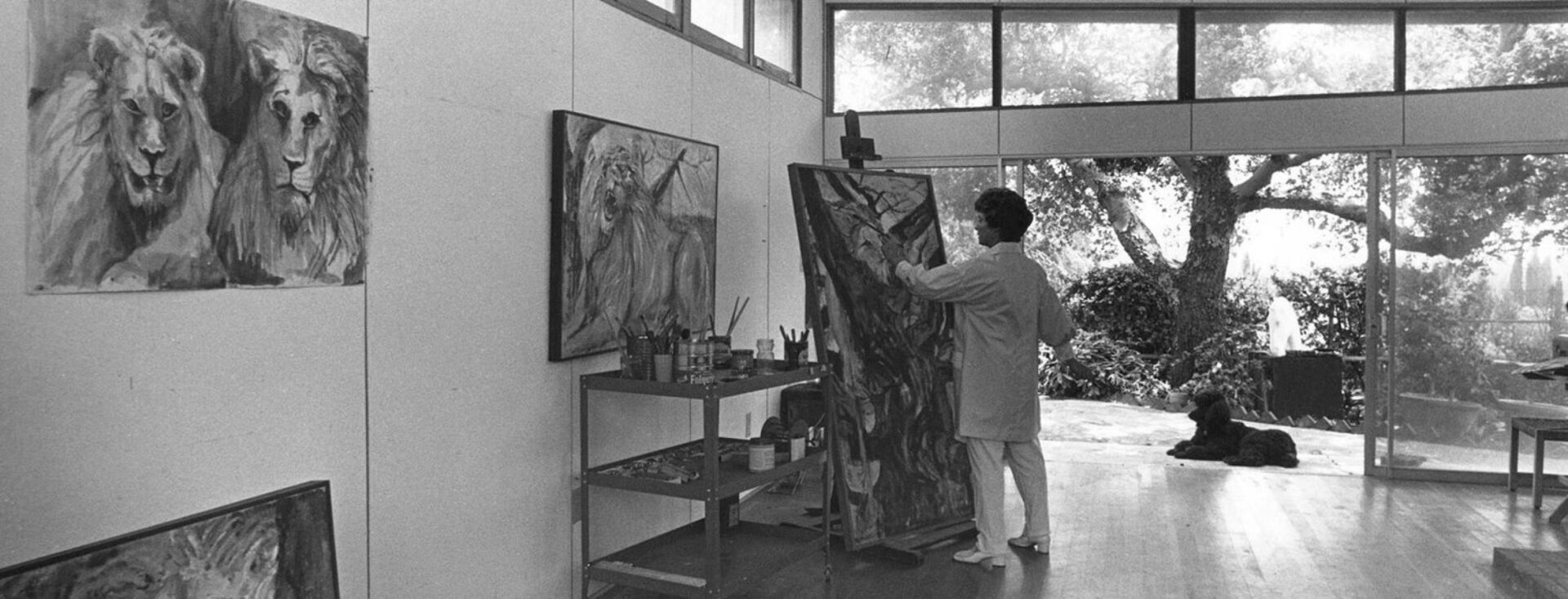

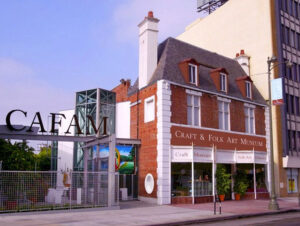
Edith R. Wyle (1918-1999), affectionately known as the “high priestess of folk art and crafts,” devoted more than 30 years of her life to the championing of traditional artisans and craftspersons around the world. For Edith, folk art, craft, and even cooking, were all elevated forms of artistic expression which deserved to be recognized as fine art.
Originally trained as a painter, Edith founded the Egg and the Eye in Los Angeles in 1965. She wanted to create a space that nourished both body and soul, so the cafe/gallery served a variety of omelets alongside regular art exhibitions. It was an instant success, raising the profile of global Folk Art and Craft, and helping to launch the careers of renowned artists such as Sam Maloof. In 1973, under her vision and guidance, the Egg and the Eye became the Craft and Folk Art Museum.
Edith was a zealous traveler, who ardently collected wherever her feet took her. She had a particular appreciation for textiles and the artisans that painstakingly and reverently constructed them. By the end of her life her textile collection was vast and diverse, as was her collection of books — many of which contain personal artifacts and bits of correspondence leftover from her research and travel. Edith’s books and objects comprise the library’s original core collection, inspiring the library’s genesis and growth. Her self-portrait graces all who come through our doors. Edith’s collection can be viewed here.
Edith R. Wyle Memoriam, LA Times, 1999 October 13.
Carol Westfall
The Carol Westfall Collection
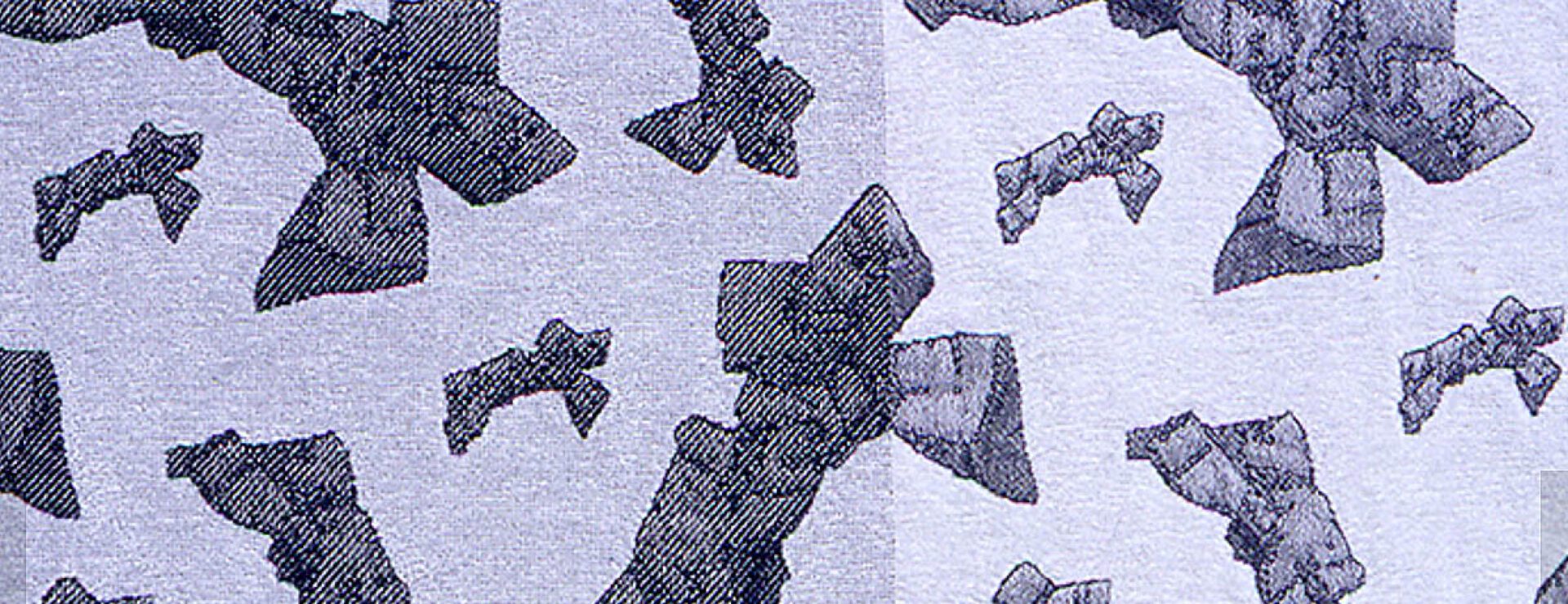
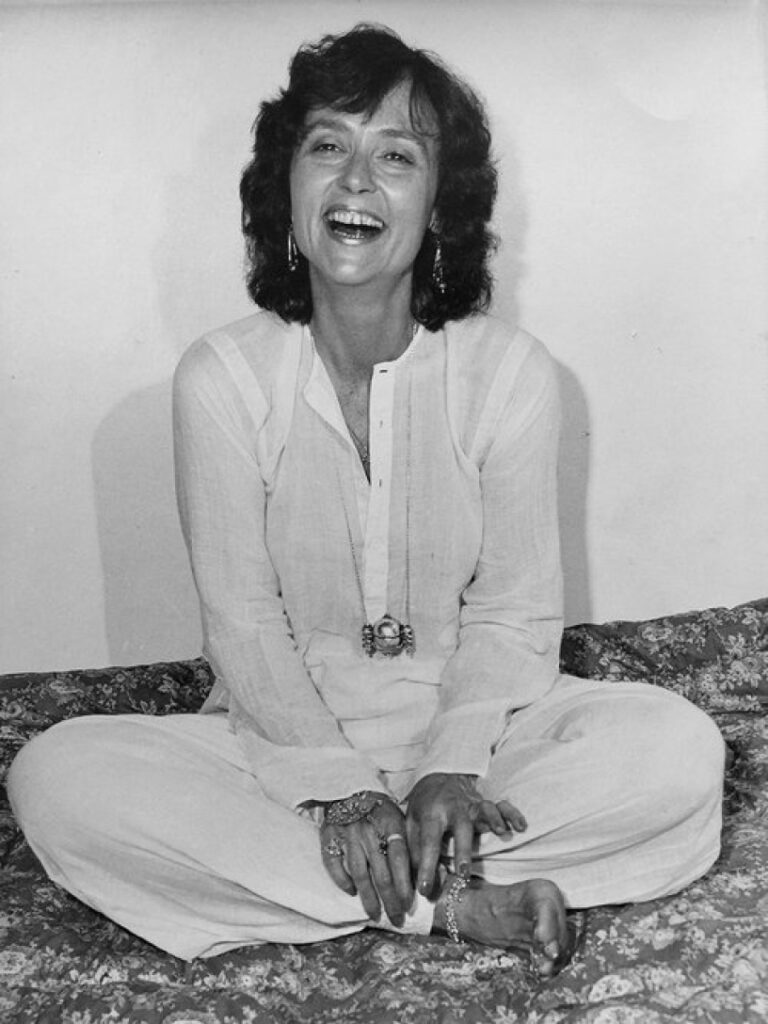
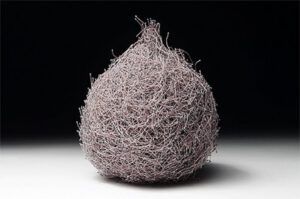
Carol D. Westfall (1938-2016) was an internationally known fiber artist and beloved professor of textiles in the Art Department at Montclair State University (Montclair, New Jersey). A graduate of the Rhode Island School of Design (BA) and the Maryland Institute College of Art (MFA), Carol also taught at Teachers College, Columbia University (New York). Carol co-authored a book with Suellen Glashausser, “Plaiting Step-by-Step” (1978), and studied in India on sabbatical as a Fulbright Fellow. Her fiber art was featured in numerous national and international exhibitions, including shows in Japan, France, and China. Her work was noted for its incorporation of international styles of weaving as well as its exploration of contemporary social issues.
Carol’s collection of print materials, including books, exhibition catalogs, and journals, reflected her deep passion for global textile craft traditions, particularly those of Asia and the Americas. Her relationships with other fiber artists is documented via inscriptions and letters that remain tucked within her books. Of particular note is her collection of exhibition catalogs dating from the 1950s-2010s, which together offer a sweeping survey of avant-garde fiber art and artists. It traces the birth and evolution of the fiber art movement, while also highlighting interesting work being done in the sister fields of fashion, paper art, basketry, soft sculpture and other handcraft. Carol’s collection can be viewed here.
Carol Westfall Memoriam, Surface Design Journal, 2017 January 28.
Excerpt from Carol’s Artist Statement: “I have been exploring the cultural roots and contemporary imagery of the fiber art movement that evolved from the study of aspects of textile traditions. These traditions encompass an extraordinary variety of materials, processes and most importantly visual messages. I have combined these traditions with my interests in feminist concerns, current issues in the arts and society and an abiding love for various foreign cultures. My travels have taken me many places from which I have gained inspiration including India, Japan, Afghanistan, China and Latin America.”
Marianne Kerr
The Marianne Kerr Thimble Collection
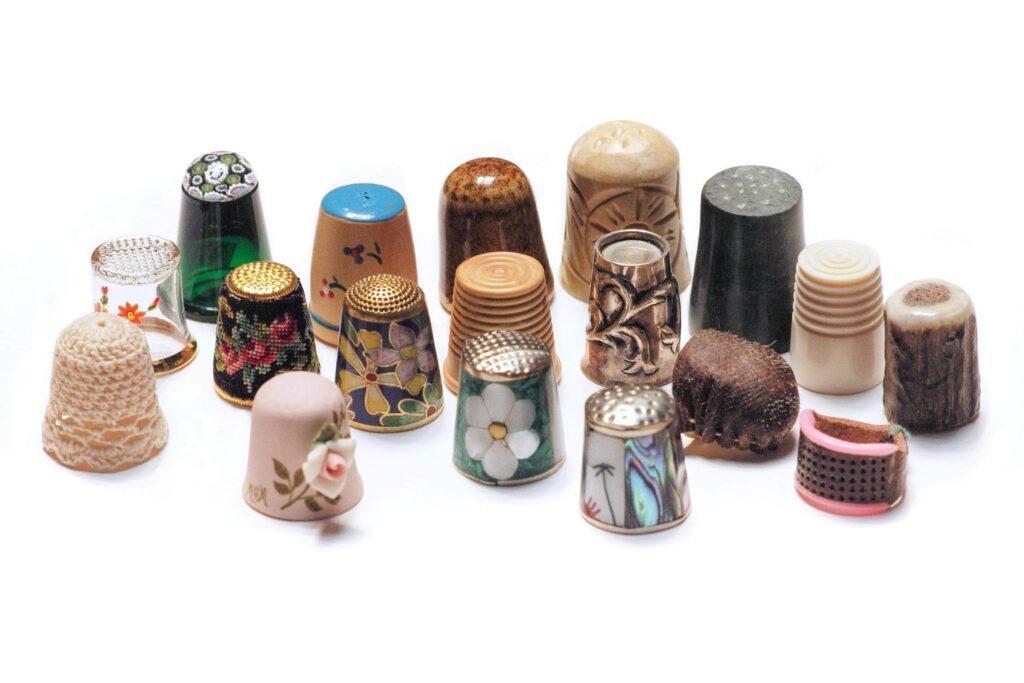
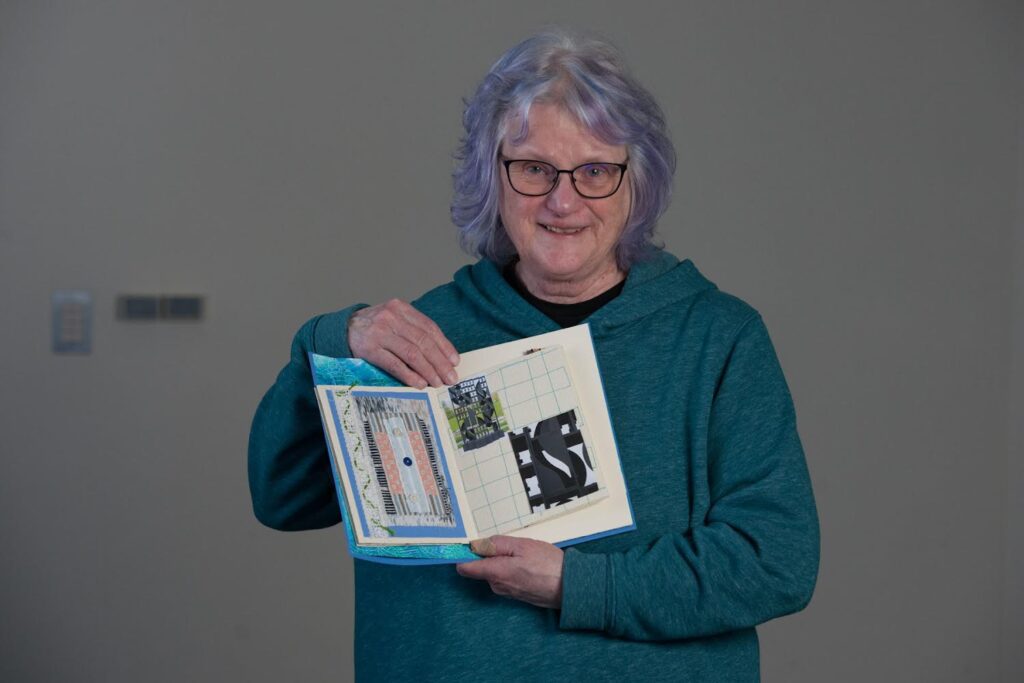
Marianne Kerr received her BA in Sociology from the University of Minnesota and Master’s Degree in Adult Education from the University of Alaska. After college she joined the VISTA program, an experience which spurred her to pursue a career in volunteer programming and management, going on to receive her CVA credential. She is particularly proud of a communal sewing project she organized called “Pillow Patrol.” Using only donated materials and sewing machines, volunteers — many who had never before used a sewing machine — made over 3,500 pillowcases to donate to youth in the foster care system in Alaska. She has worked with volunteers in numerous nonprofits across Alaska, and ended her working career as a faculty member in the University of Alaska Cooperative Extension Service. Marianne currently resides in Alaska, where she remains an avid crafter and sewer.
Lover of all things fabric, particularly quilts, Marianne became especially intrigued by thimbles. She assembled an impressive thimble collection over the course of her life, keeping detailed notebooks documenting the acquisition of each, including where, when, and how much they cost. We proudly hold a dozen of her books on the subject as well as over 600 of her thimbles. Marianne Kerr’s collection can be viewed here.
“To me, thimbles are an intriguing tool used by women to create masterpieces. I believe thimbles are also integral in portraying women’s history. Something so small, used so often and so well, helps portray women’s place in historical timelines.”
— Marianne
Titi Halle
The Titi Halle/Cora Ginsburg LLC Collection
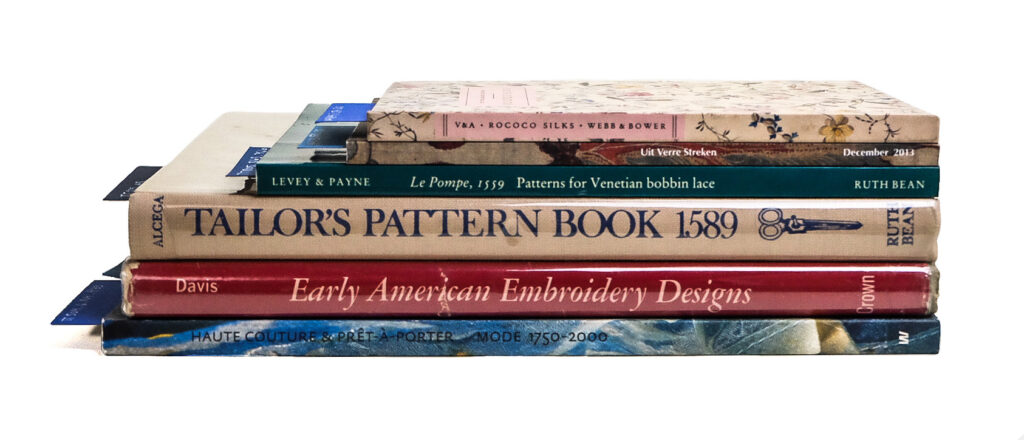
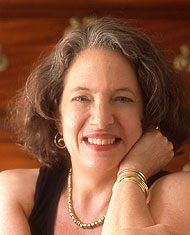
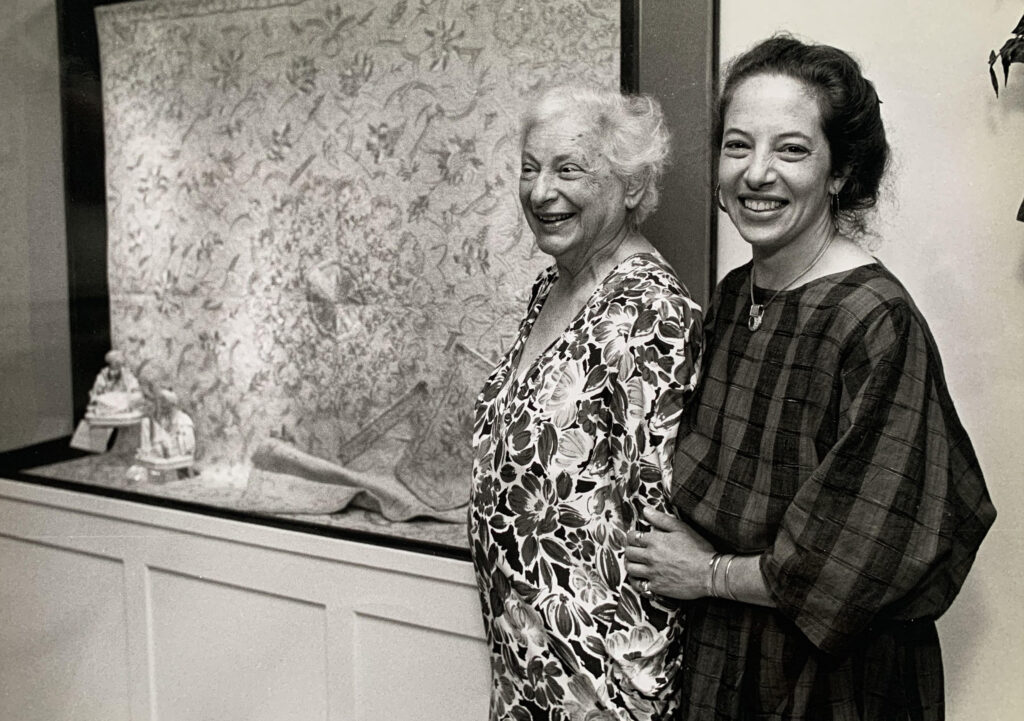
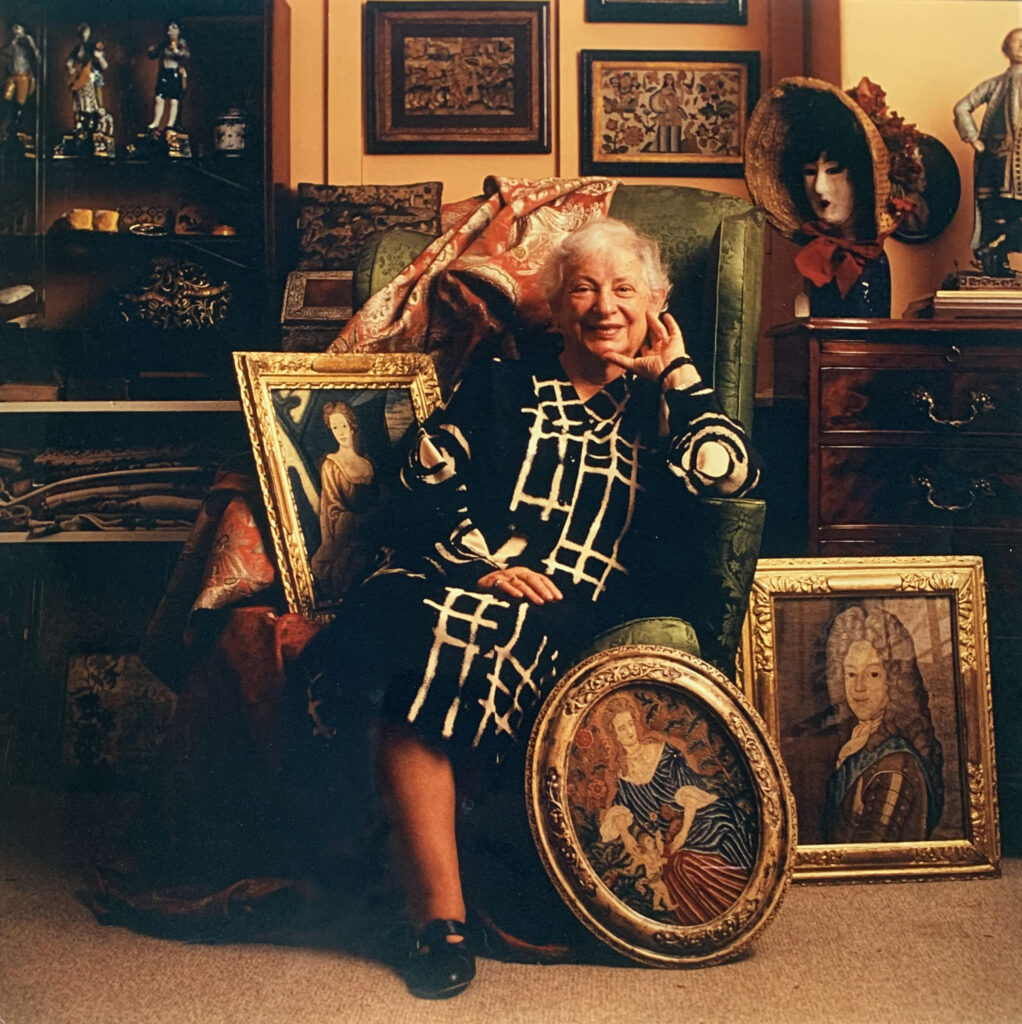
Titi Halle is a leading dealer, specialist, and enthusiast of textiles and historic costume. She first encountered the world of textiles in 1979, when she began working for the pioneering dealer Cora Ginsburg (1910–2003), and in 1997 became owner of Cora Ginsburg LLC. She was the 2017 recipient of the Bard Graduate Center Iris Foundation Award for Outstanding Dealer. Her expertise has been sought for committees at international art and antiques fairs including The European Fine Art Fair and the Winter Show, and she has lectured at museums and organizations across the US, including Colonial Williamsburg, Detroit Institute of Art, Smithsonian Associates, Sotheby’s Institute, and the Textile Museum.
In 2020, Titi donated about 350 volumes from her professional library to BLUE. These volumes, which cover a range of topics relating to studies in textiles, needlework, historic costume, and fashion, are part of the extensive book collection begun by Cora in the 1930s and expanded upon over the years by Titi. These volumes represent both Titi’s and Cora’s lifelong passions for textiles and costume. Titi’s collection can be viewed here.
Glee Krueger
The Glee Krueger Collection
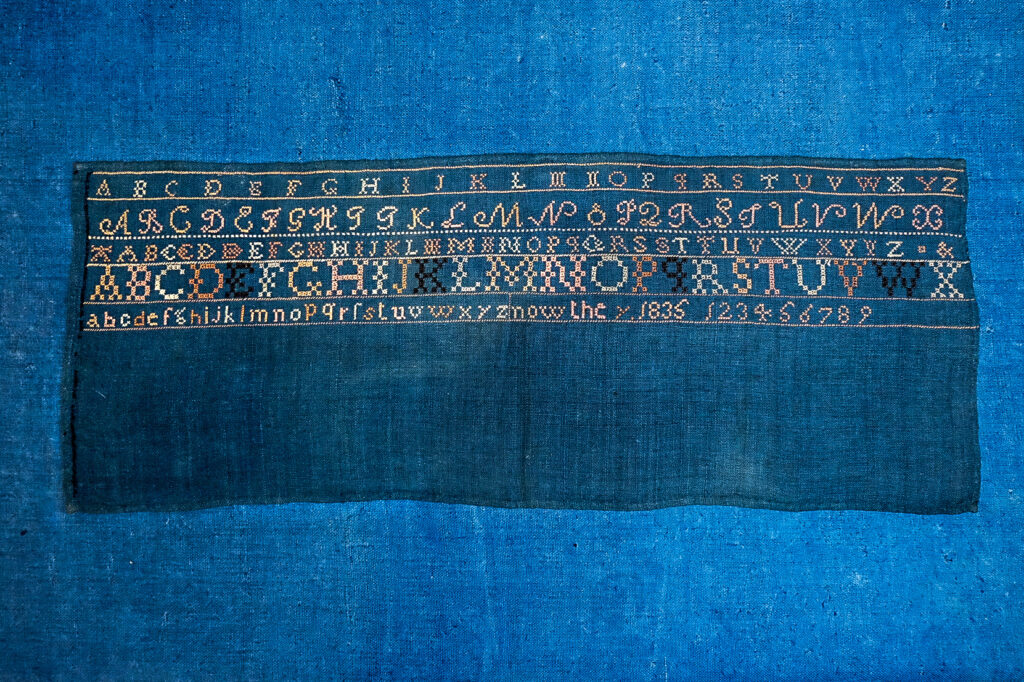
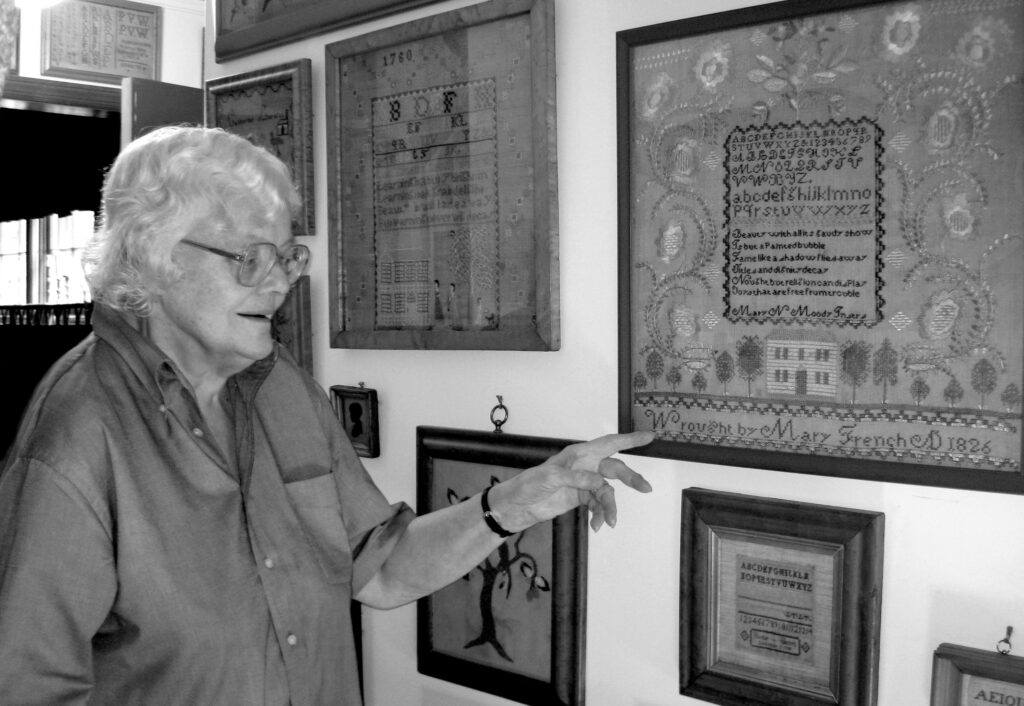
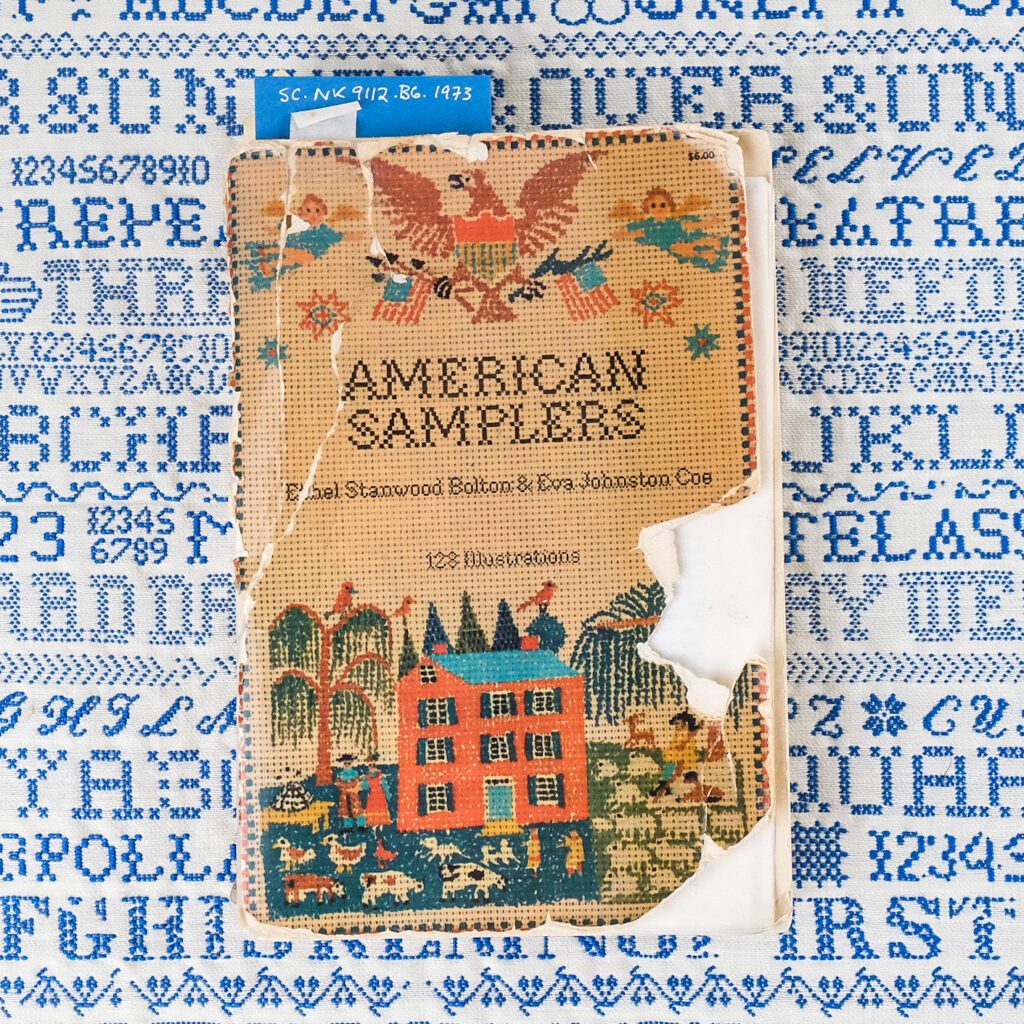
Glee Krueger (1938-2018) was a pioneering collector and scholar of American samplers. Born in Chicago, she went on to study at the University of Wisconsin-Madison. She became interested in American antiques after her family moved to Connecticut and purchased her first sampler in 1963. Glee would continue to collect American schoolgirl needlework for over 50 years. Her enthusiasm for American samplers led to a friendship with renowned collector Theodore Kapnek. In 1978, she organized an exhibition of his samplers for the American Folk Art Museum in New York and wrote its accompanying catalog, A Gallery of American Samplers: The Theodore H. Kapnek Collection. That same year Old Sturbridge Village published Glee’s New England Samplers to 1840. A charismatic speaker and teacher, Glee gave over 100 lectures to historical societies, museums, and graduate folk art classes. She herself was an embroiderer and member of the Embroiderers Guild of America.
In addition to a remarkable collection of samplers, antique textiles and textile objects, Glee amassed a vast library of textile books. We are proud to house nearly 300 of her volumes, mostly related to needlework. We also have a small collection of her objects, in particular a selection of antique measuring tools. Glee’s collection can be viewed here.
For more information about Glee Krueger and her work, click here.
Carolyn Headley
The Carolyn Headley Darner Collection
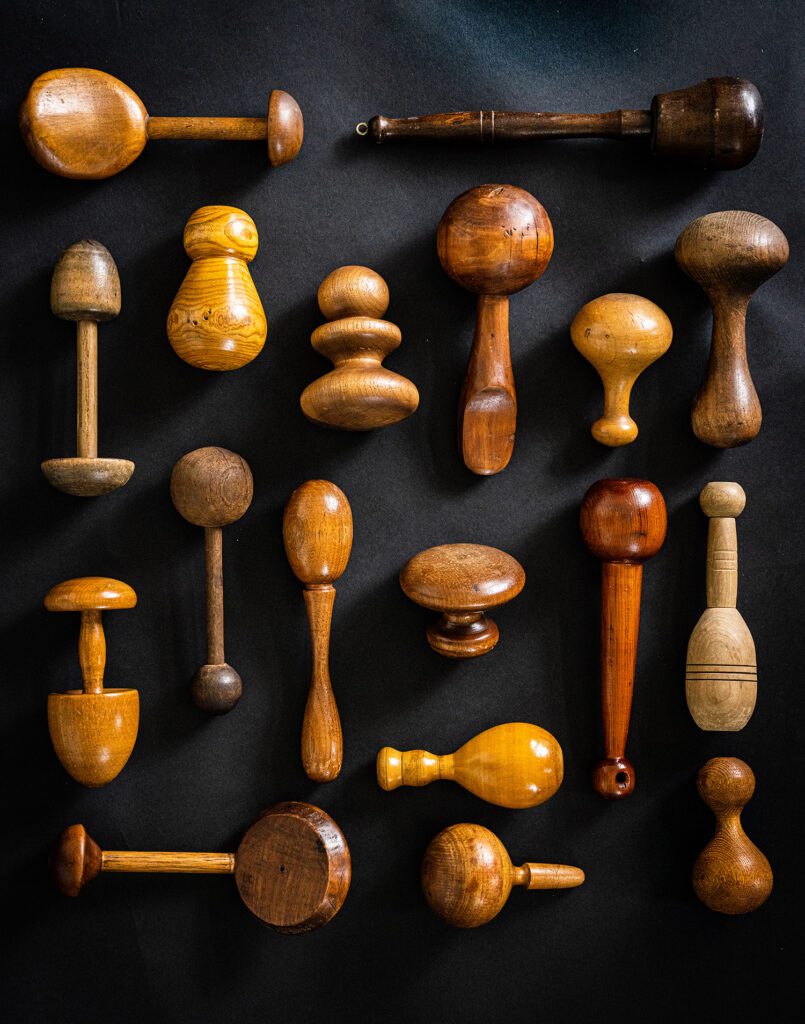
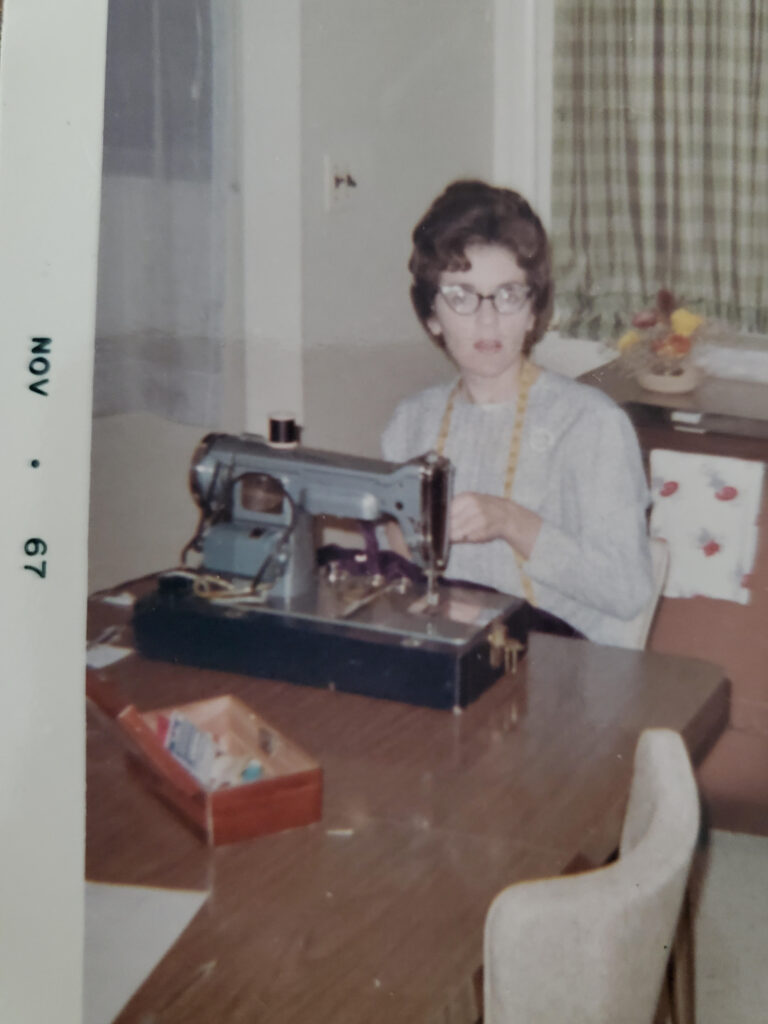
Carolyn J. Headley (1938-2021) was a beloved Home Economics teacher, devoting 33 years of her life to teaching students all manner of domestic tasks, including mending. She was passionate about folk art and antiques, particularly in the primitive style. She collected widely but particularly prized tin cookie cutters and darning tools. The library holds approximately 500 darners avidly collected over the course of her life. Carolyn’s collection is currently being processed and will soon be available to view.
Nancy Romero
The Nancy Romero Mesoamerican Costume Collection
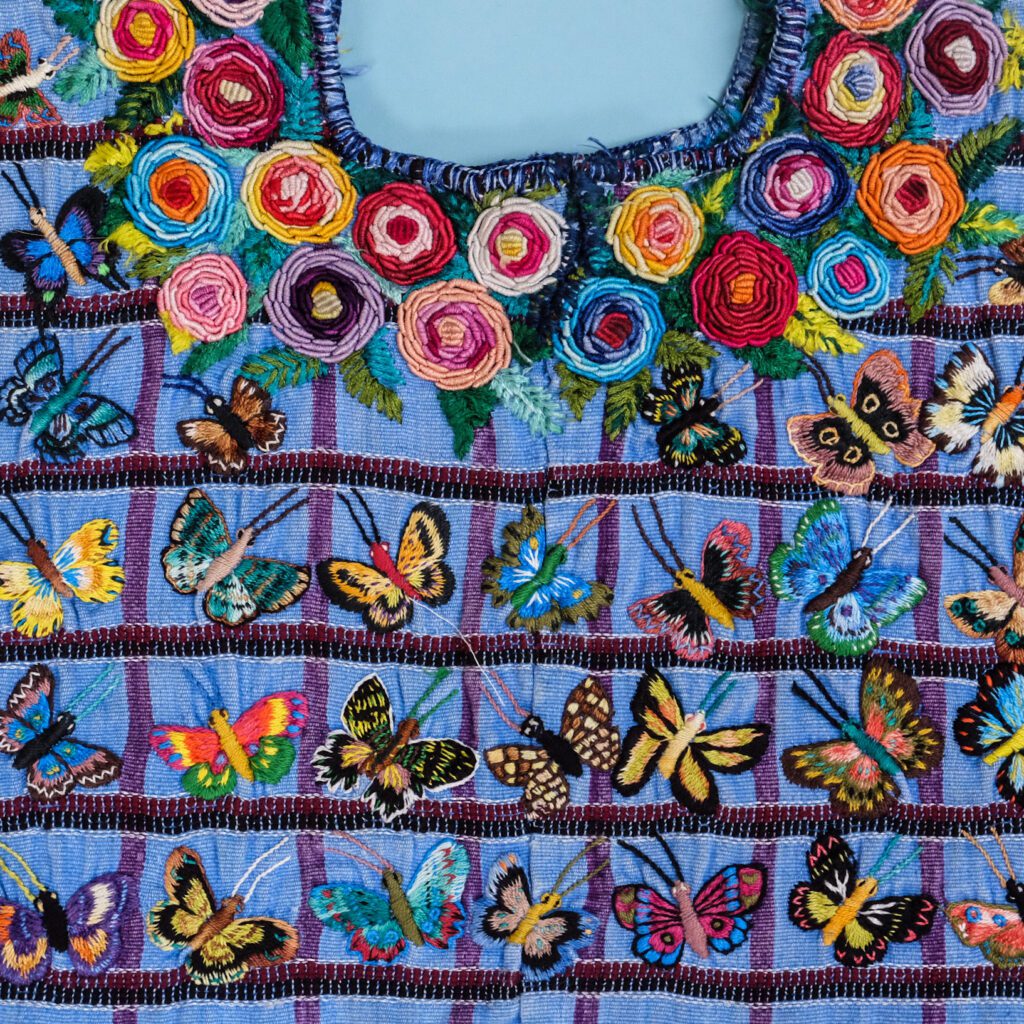
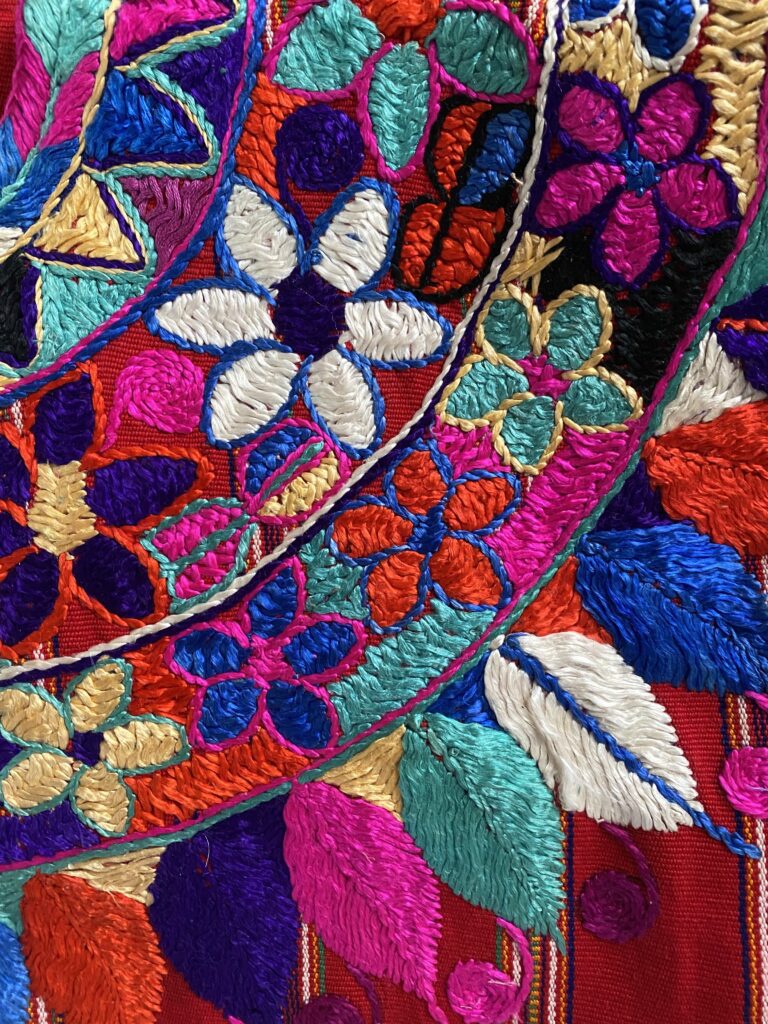

Nancy Romero is an artist living and working in southern California. Prior to painting full time Nancy pursued study in the fields of mythology at Sarah Lawrence College and anthropology at University of Pennsylvania, doing extensive field work in the region of Oaxaca, Mexico. Nancy began traveling to Mesoamerica in 1968, collecting examples of textiles from many villages throughout Chiapas, Mexico and various regions within Guatemala.
Nancy’s collection of 99 indigenous dress articles from Guatemala and Mexico represent the vibrant diversity of cultural designs and textile techniques native to at least 40 different villages. The stunning quality and breadth of this collection renders it a unique learning and research opportunity for those interested in the array of weaving and embroidery techniques native to these regions of Mesoamerica. The bulk of the collection is comprised of huipiles, numbering 65, but it also includes 5 fajas (sashes), 9 shirts, 3 skirts, 8 pants, 3 tzutes (ceremonial head cloths), 2 rebozos (scarves), 1 quechquemitl (shawl), 1 piece of gauze yardage, 1 silver necklace and 1 doll.
“From the time I first encountered these costumes I was immediately attracted to their texture and bright colors, and moved by an individual’s desire for personal expression within a group aesthetic.” –– Nancy
Dorothy “Ann” Helm
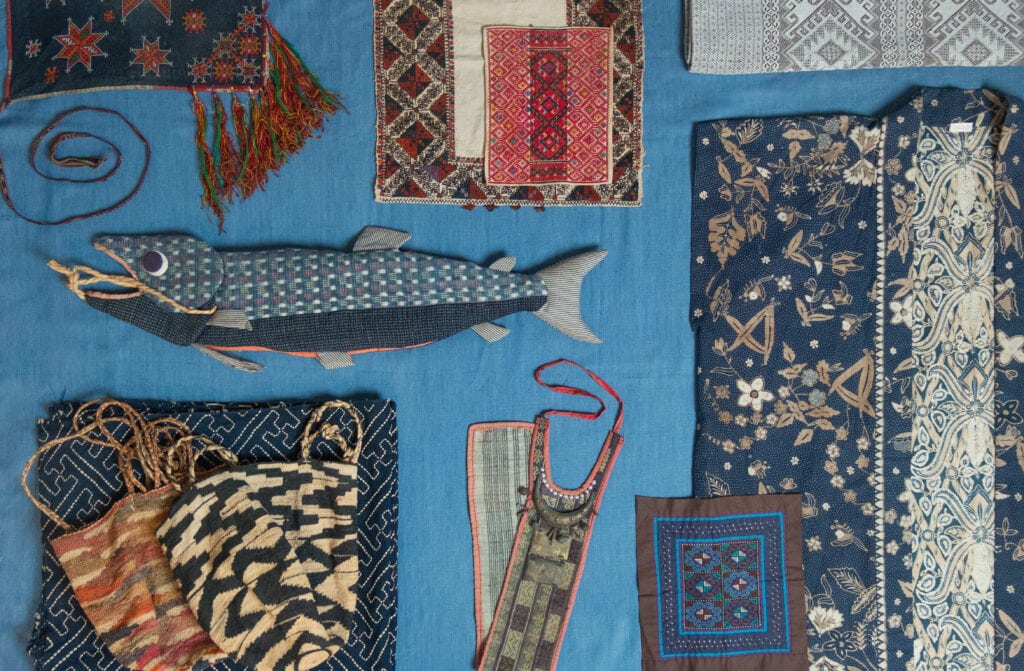

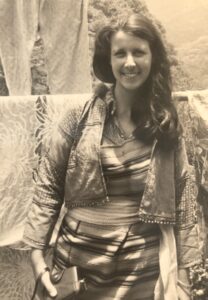
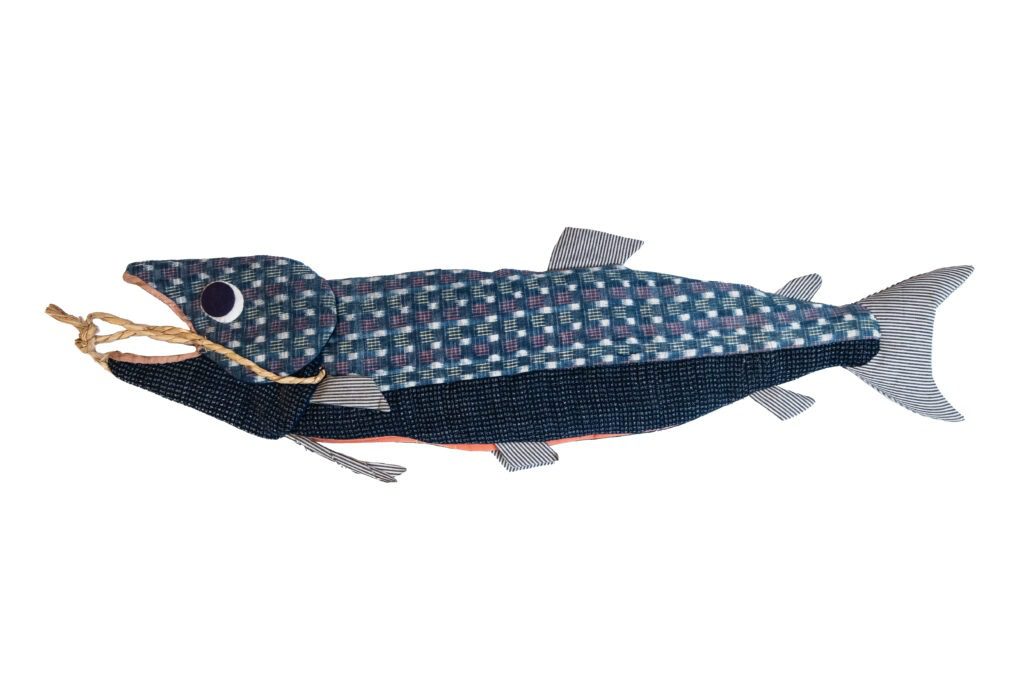
Dorothy “Ann” Helm (1946-2020) devoted her life to promoting international education and cross-cultural communication. A true citizen of the world, Ann’s 40+ years of collecting artifacts of material culture reflect her immersive time with local communities in Japan, China, Indonesia, Thailand, Vietnam, India, Eastern Europe, and Latin America, as well as various immigrant groups on the West Coast of the US, particularly the Hmong in California.
As a sophomore at Lewis and Clark College in Portland, OR, Ann spent a transformative year living with host families in Hiroshima and Sapporo, Japan. The following year, she transferred to the University of Washington, majoring in Far Eastern Studies and Japanese. Ann returned to Japan after graduation to teach English, settling in Nishinomiya. There she studied pottery and developed lifelong friendships with artisans, some of whom were Living National Treasures of Japan. She frequented traditional craft markets, where she collected folk art, such as tansu, scrolls, and pottery, particularly drawn to the indigo dyed textiles ubiquitous in post-war Japan.
After five years, she returned to her hometown of La Grande, OR, and decided to learn more languages. After volunteering to help foreign students at Eastern Oregon University, she was offered a position as Foreign Student Advisor. Supporting international education turned out to be her calling. Ann went on to receive a master’s degree in Communication from Columbia University. In 1980 she was awarded a Fulbright Scholarship to study education in Germany. Ann established and managed programs for international scholars at numerous universities, ultimately spending 22 years at CUNY Staten Island, where she initiated programs in China, Vietnam, Eastern and Western Europe, and Latin America.
Ann dreamed of returning to Portland, OR, where she planned to retire and open a folk art gallery. In 2020, Ann died in New York from complications of Parkinson’s disease. Her memorial service was virtually attended by family, friends, artists, and scholars from across the globe. At Ann’s request, she was buried next to her parents in La Grande, with some of her ashes spread in Japan.
The bulk of Ann Helm’s collection consists of antique Japanese indigo dyed textiles, kimonos, bags, bedcovers, and rolls of fabric. There are also a variety of other folk textiles, clothing, adornments and bags from Eastern Europe, Indonesia, Thailand, Vietnam, China, India and Latin America. The collection is in progress of being cataloged, but pieces can be viewed upon request.
Linda Ford Wallace
The Linda Ford Wallace Collection
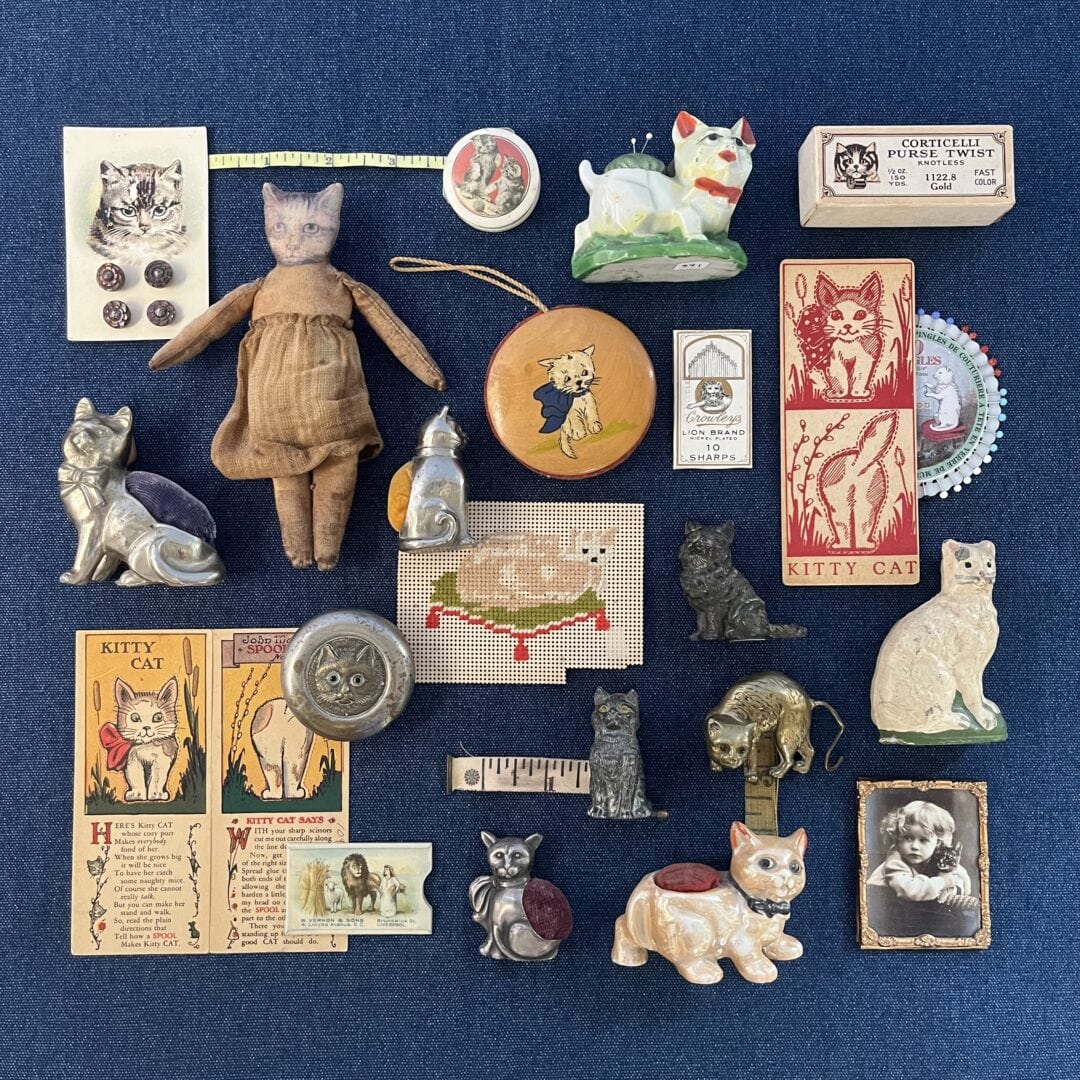
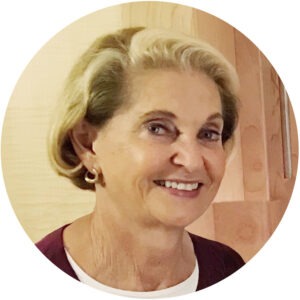
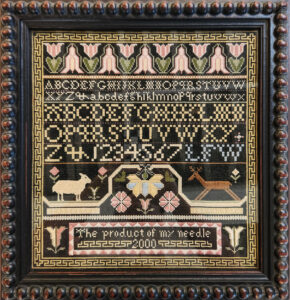
Linda Ford Wallace (1948-2022) was an accomplished stitcher and collector of antique needlework and needlework tools. She was known and beloved in domestic and international needlework forums for her infectious love of stitching, her talent and expertise with a needle, her efforts to bring kindred stitchers together, and her warmth and patience as a teacher. Linda especially held dear the camaraderie of her close-knit group of stitching friends in Knoxville, TN, affectionately known as the “Stitching Sisters.”
Born in Dayton, OH, Linda learned embroidery and sewing as a young girl from her mother and grandmothers. While studying at the University of Tennessee-Knoxville in the 1970s, she discovered counted cross-stitch, which would become her life’s passion. After getting her MBA, Linda enjoyed a successful career while continuing to nurture her love of needlework through study, practice, research, and 40+ years of collecting. She attended stitching events and classes around the world, including study at the Ackworth School in England. Linda enjoyed challenging herself with increasingly difficult techniques and projects, with particular interest in creating replicas of historical schoolgirl samplers. She also tackled miniature samplers, doll making, miniature rooms, and a painstakingly impressive sewing casket.
Linda was also an avid gardener and garden enthusiast, touring public and private gardens around the world. She had a commemorative practice of stitching photo album covers detailing the highlights of her trips, with botanical details being some of the loveliest examples of her stitching.
Linda built an impressive collection of antique needlework tools and notions, with a special passion for feline designs and motifs. Alongside pieces of her own stitching, Linda’s extraordinary collection of over 400 items – including pin cushions, needle cases, thimble and pin keepers, sewing kits, bodkins, darning tools, tape measures, and more – are in process of being cataloged and can be viewed upon request.
